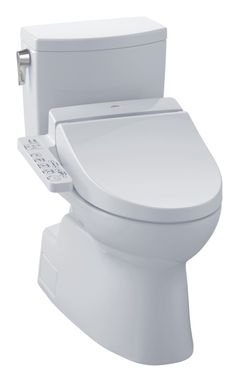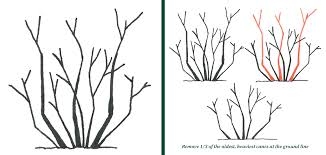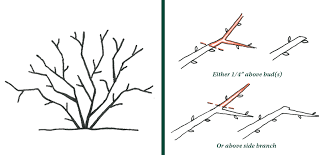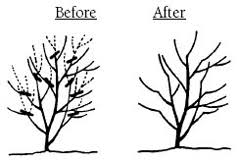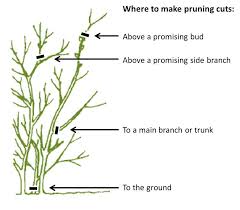Starting your flower and garden seeds indoors is easy if you follow a few simple steps.
Start with a seed starting soil mix, however, if use Miracle-Gro potting soil for larger seeds. Place the “soil” in a bucket and add a little water. This way the medium does not float off the container when you do water it.
Add the soil to your containers about ½ inch from the top and gently firm it down and make it level.
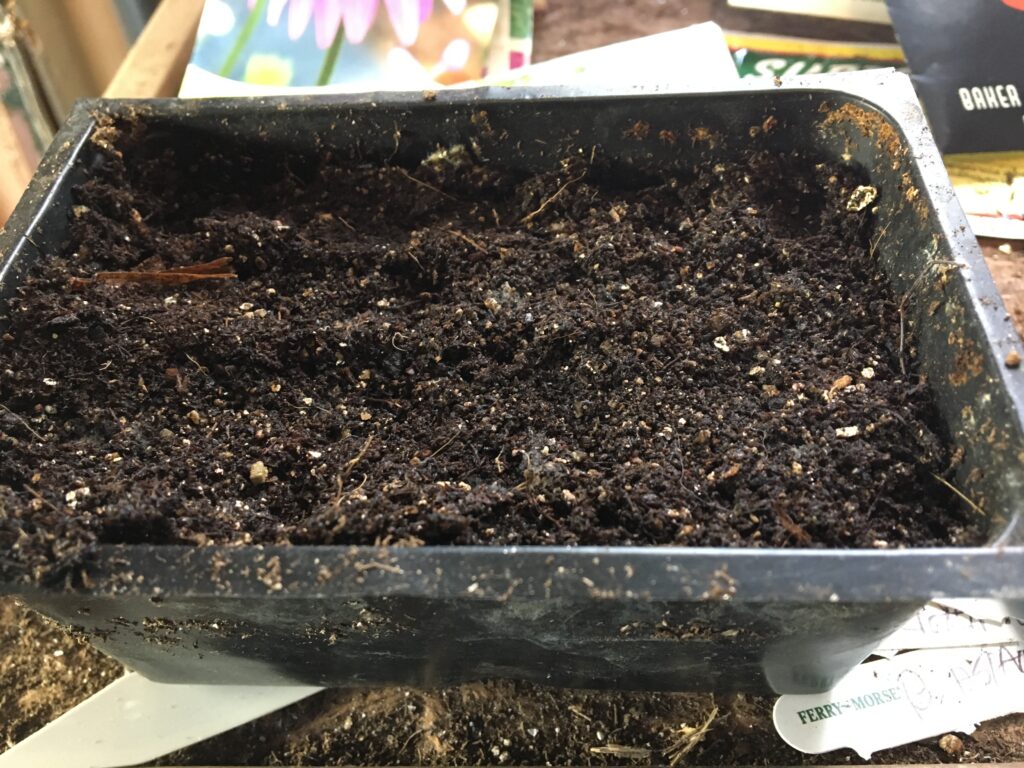
Add the number of seeds you want plus a few extra. I have made the mistake of having 36 tomatoes of one variety wondering what am I going to do with all of the plants.
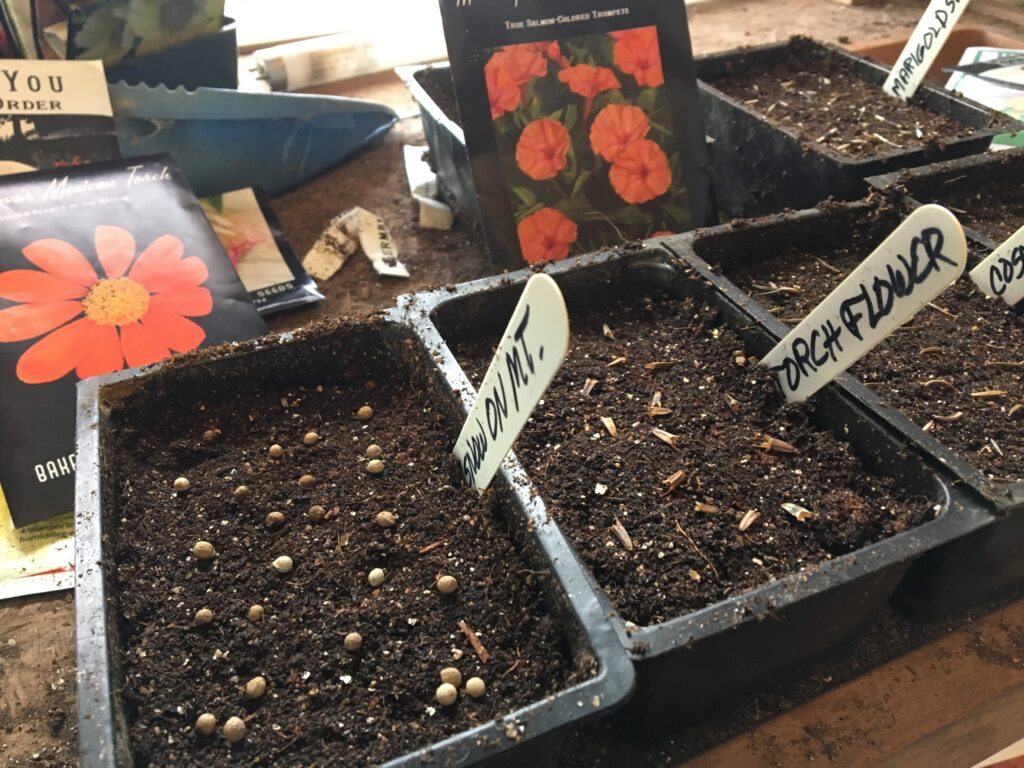
Cover the seeds where you can no longer see the seeds and gently firm the soil around the seeds.
Place the containers in a tray and water from the bottom gradually soaking to the top of the soil. Then remove the water and cover the containers with a cover or saran wrap.
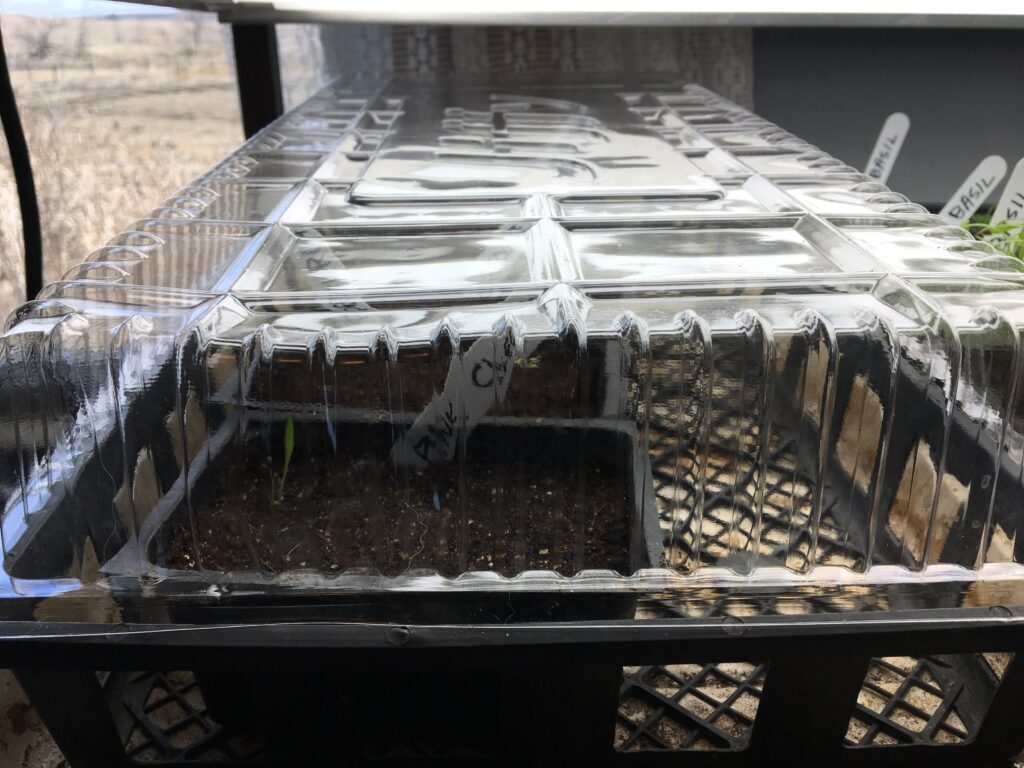
Place under lights for 16 hours a day (you can use a timer). You can use regular shop fluorescent lights or use grow lights. Check every day for growth, some seeds germinate within 48 hours. Most seeds need some light to germinate. If you have a waterproof heating mat for germination, great. I just bought one (1X4 foot from Walmart.com) for $40.

When the seedlings germinate, remove the cover and keeping them under the lights, again for 16 hours. Let them grow until you transplant to larger containers. (I will explain this on Monday).


